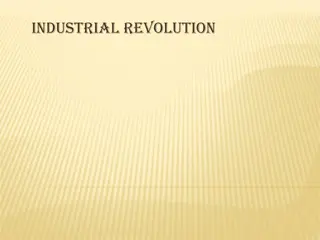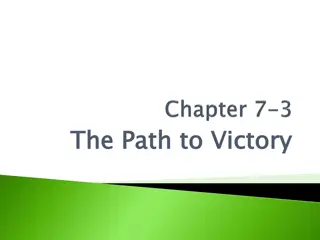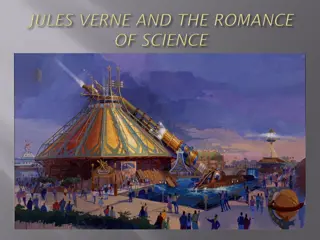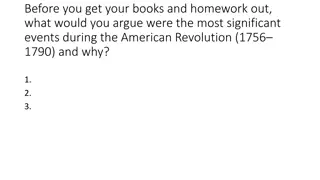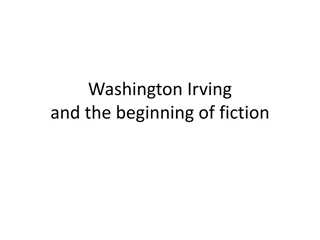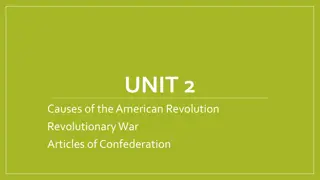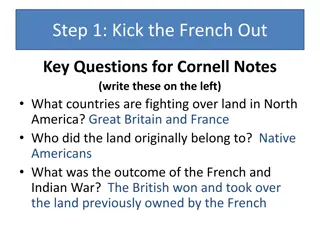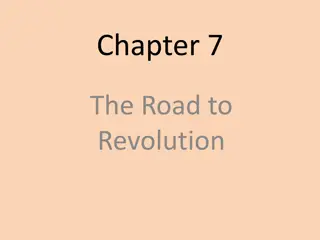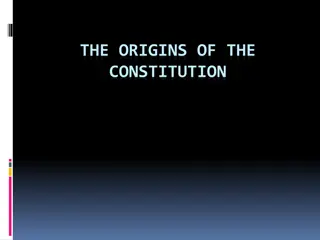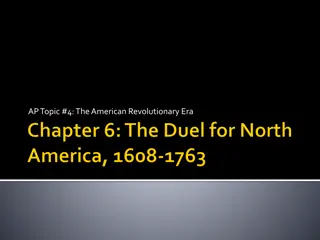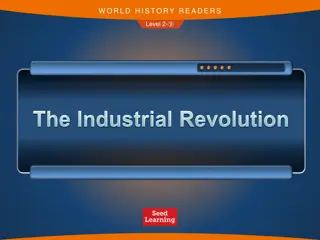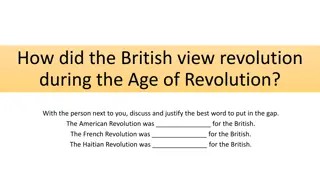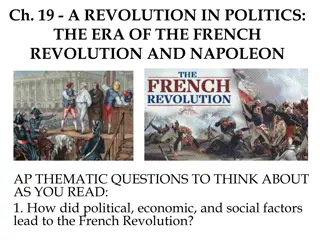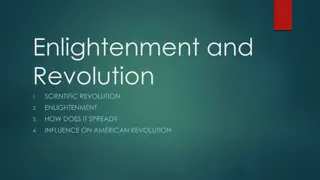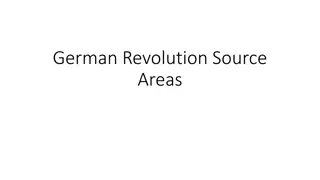American Revolution Review Set B Q&A
Explore key questions related to the American Revolution, including the commonalities of historical figures, the impact of Thomas Paine's "Common Sense," and significant events like the Boston Tea Party and the signing of the Declaration of Independence.
Download Presentation

Please find below an Image/Link to download the presentation.
The content on the website is provided AS IS for your information and personal use only. It may not be sold, licensed, or shared on other websites without obtaining consent from the author. Download presentation by click this link. If you encounter any issues during the download, it is possible that the publisher has removed the file from their server.
E N D
Presentation Transcript
REVIEW Set B #1-25
Question 1 1. During the events leading up to the American Revolution, what did the people listed above have in common? A. Samuel Adams B. Paul Revere C. Thomas Paine 1.They were members of Parliament who favored the Americans. 2.Their actions supported the British King. 3.They were military leaders in the British army before the war. 4.Their actions supported American independence.
Answer to #1 4. Their actions supported American independence.
Question 2 The pamphlet Common Sense, by Thomas Paine, aided the American cause in the Revolutionary War because it A. convinced France to join in the fight against England B. led to the repeal of the Stamp Act C. created a new system of government for the United States D. persuaded individuals who were undecided to support independence
D. persuaded individuals who were undecided to support independence
Question 3 How did Thomas Paine s Common Sense impact the American Revolution? A. It created a sense of peace throughout the colonies B. It forced colonist to follow the King s laws C. It informed colonists of the injustices occurring D. It forced King George III to give the colonists their independence
Answer to #3 C. It informed colonists of the injustices occurring
Question 4 We then were ordered by our commander to open the hatches and take out all the chests of tea and throw them overboard In about three hours from the time we went on board, we had thus broken and thrown overboard every chest of tea to be found on the ship, while those in the other ships were disposing of the tea in the same way, at the same time. George Hewes, from A Retrospect of the Boston Tea Party The event described in the passage was planned by the A. Sons of Liberty B. House of Burgesses A. Tories B. D.Loyalists
Answer to 4 A. Sons of Liberty
Question 5 Which of the following men signed the Declaration of Independence? A. Patrick Henry B. George Washington C. Ethan Allen D. John Adams
Answer #5 D. John Adams
6. A significant event of the Battle of Saratoga was A. Germany decided to remain neutral B. it was the final battle of the American Revolution C. Italy joined the war with Great Britain D. colonists became allies with France
Answer to 6 D. colonists became allies with France
Question 7 1. Which principle of government is proposed in the Declaration of Independence? A. political power originates with a strong central government B. the primary function of government is to protect natural rights C. a system of checks and balances is the most effective way to prevent governmental abuse of power D. individual liberties must be guaranteed by a strong bill of rights
Answer to 7 B. the primary function of government is to protect natural rights
Question 8 8. The Battle of Bunker Hill was important because the colonists A. proved they could hold their own B. forced the British to retreat C. held Boston D. showed superior training
Answer 8 A. proved they could hold their own
Question 9 One effect of the Treaty of Paris (1783) was it gave the A. Native Americans back their land B. French back their colony of Canada C. Americans land and independence D. British more land in North America
Answer to 9 C. Americans land and independence
Question 10 The retreat of British soldiers at the Battle of Yorktown was significant in that A. it gave the British the time they needed to re-strategize B. they were able to move on to Saratoga where they were victorious C. Americans decided the fighting had continued long enough and called a truce D. it resulted in a British surrender by Lord General Cornwalis
Answer to 10 D. it resulted in a British surrender by Lord General Cornwalis
Question 11 According to the United States Declaration of Independence, revolution can be justified when A. the people realize they have elected the wrong person or party B. a government deprives the people of their basic rights C. economic conditions worsen D. political leaders place the economic interest of a wealthy minority above those of the majority
Answer to 11 B. a government deprives the people of their basic rights
12. How would you describe The Enlightenment in America? a. A religious movement when many different religions started in the United States b. a time period in 1700 s when philosophers and scientists began reasoning the world through theory and reasoning c. a time period when people started to have more electricity and technology in their houses.
Answer to #12 B. a time period in 1700 s when philosophers and scientists began reasoning the world through theory and reasoning The Enlightenment was period in the 1700s when European scientists and philosophers began examining the world through reason, or human intellect, rather than religious or spiritual faith. The Enlightenment's leading intellectuals included Sir Isaac Newton, Montesquieu, Voltaire, Denis Diderot and Jean- Jacques Rousseau. They were inspired by17th century thinkers such as John Locke, Francis Bacon, Pierre Bayle, Benedict de Spinoza and Rene Descartes. Their ideas touched many aspects of life including politics, economics, science and religion. Read more: http://www.ehow.com/info_10013841_age- enlightenment-kids.html#ixzz2wymdj2uY
13. How would you best define, social contract? A. an agreement among the members of a society to cooperate for social benefits B. an organization or club formed for a particular purpose or activity. C. debate or conflict among individuals or parties having or hoping to achieve powe
Answer to #13 Answer: A. agreement among the members of a society to cooperate for social benefits. In The Social Contract, Rousseau explained his political theories, which would later influence the writers of the United States Constitution as well as the leaders of the French Revolution. "Man is born free, and he is everywhere in chains." Because humans are corrupted by society, all people must enter into a social contract that requires people to recognize a collective "good will," which represents the common good or public interest. All citizens should participate and should be committed to the good of all, even if it is not in their personal best interest. He believed that living for the common good promotes liberty and equality.
14. What were the Puritans during early colonization known for? A. For being loyal to England B. Being a Christian religion with a strict moral code C. For their extensive exploration of the Americas
Answer to 14 B. Being a Christian religion with a strict moral code Puritan Puritan Family Women were responsible for Family Women were responsible for making sure children grew into good Puritan making sure children grew into good Puritan adults. Puritans were strict parents who loved adults. Puritans were strict parents who loved their children very much. They used mental their children very much. They used mental discipline and love but, if it didn't work, they discipline and love but, if it didn't work, they would use physical force would use physical force. . They were known for their representative They were known for their representative government (Mayflower Compact) government (Mayflower Compact)
15. How can the U.S. Constitution be amended? A. the president passes an amendment by making a public announcement. B. The supreme court passes it through congress C. a 2/3 vote by congress and the senate
Answer to 15 C. a 2/3 vote by congress and the senate The Constitution provides that an amendment may be proposed either by the Congress with a two-thirds majority vote in both the House of Representatives and the Senate or by a constitutional convention called for by two-thirds of the State legislatures. None of the 27 amendments to the Constitution have been proposed by constitutional convention.
Question 16 After the French and Indian War, the British imposed various taxes on the colonists to alleviate the war debt. One prevalent reaction of the colonists was to A. send their tax dollars to the French instead of British government B. tell their representatives to draft a bill to abolish taxes C. boycott British goods D. buy more French goods
Answer 16 C. boycott British goods
17 Which is an important reason that the American colonists rebelled against England in the 1770s? A. The colonists desired the right to control the basic aspect of their economy. B. An overwhelming majority of the colonists favored rebellion. C. England did not adequately protect America from attack by other European nations. D. England had reduced the number of colonial representatives in Parliament.
Answer 17 A. The colonists desired the right to control the basic aspect of their economy.
18 Which statement most closely expresses the justification for revolution as presented in the United States Declaration of Independence? A. People have the right to overthrow their government if it fails to protect their rights and property. B. People are born free but some are put in chains; therefore, revolution is necessary to return their freedom. C. Government authority prevents human progress; revolution will end all government control. D. Economic conditions determine the course of history; therefore, revolutionary struggle between classes is inevitable.
Answer 18 A. People have the right to overthrow their government if it fails to protect their rights and property.
Question 19 The Great Compromise reached at the Constitutional Convention was mostly related to A. representation in Congress B. the Presidency C. selection of Supreme Court justices D. checks and balances
Answer 19 A. representation in Congress
20 The dispute over representation in Congress between large and small states was settled in the United States Constitution by A. adopting the Three-Fifths Compromise B. establishing the reserved powers C. creating a two-house legislature D. forming the electoral college
Answer 20 C. creating a two-house legislature
Question 21 Although there were scattered bands of Native Americans in the West, they they were far fewer in number than they were hundreds of years previously. Native American numbers dwindled so dramatically for the most part because A. their primary source of food, the buffalo, had become nearly extinct. B. their tribes were constantly at war with the United States military. C. they lacked immunity to European diseases like small pox & influenza. D. the Spanish kidnapped them as slaves for sugar plantations in the Caribbean.
Question 21 C. they lacked immunity to European diseases like small pox & influenza.
Question 22 Which of the following best explains why the lumber industry was thesingle most important manufacturing activity in the English Colonies? A. The abundant forests prevented wood from ever being in short supply. B. It was in tremendous demand for the thriving shipbuilding industry. C. It could be done year round. D. It provided jobs for people of all ages.
Answer 22 B. It was in tremendous demand for the thriving shipbuilding industry.
23 The idea of representative government in colonial America was most influenced by which of the following? A. The Renaissance B. The Enlightenment C. The Great Awakening D. The Great Migration
24 Which of the following best describes the government established by the Mayflower Compact? A. Absolute monarchy B. True republic C. Social contract D. Military dictatorship
Answer to 24 C. Social contract
25 In the 17th and 18thcenturies, England s mercantilist practices were a factor in the onset of the American Revolution. This was due in part to A. the colonists refusal to trade with Native Americans. B. the colonists refusal to adopt the Anglican Church as the national religion. C. the mercantilist belief that wealth should be evenly distributed. D. the mercantilist belief that the colonies existed for the benefit and wealth of the mother country.

 undefined
undefined








